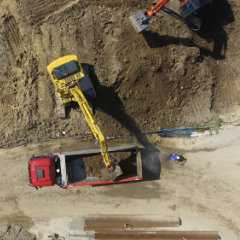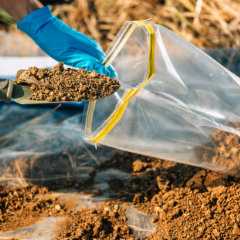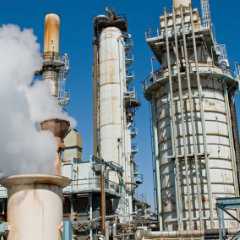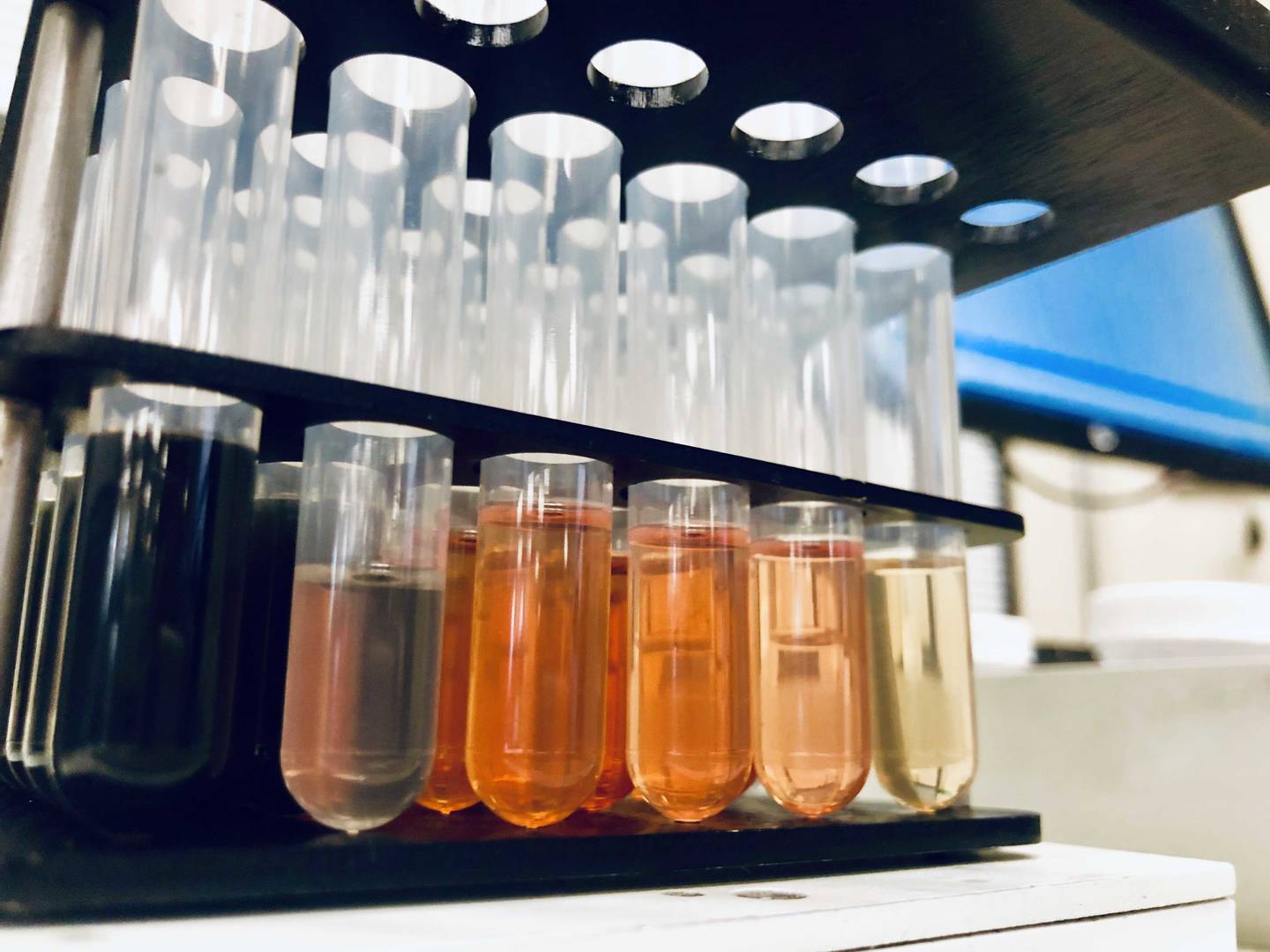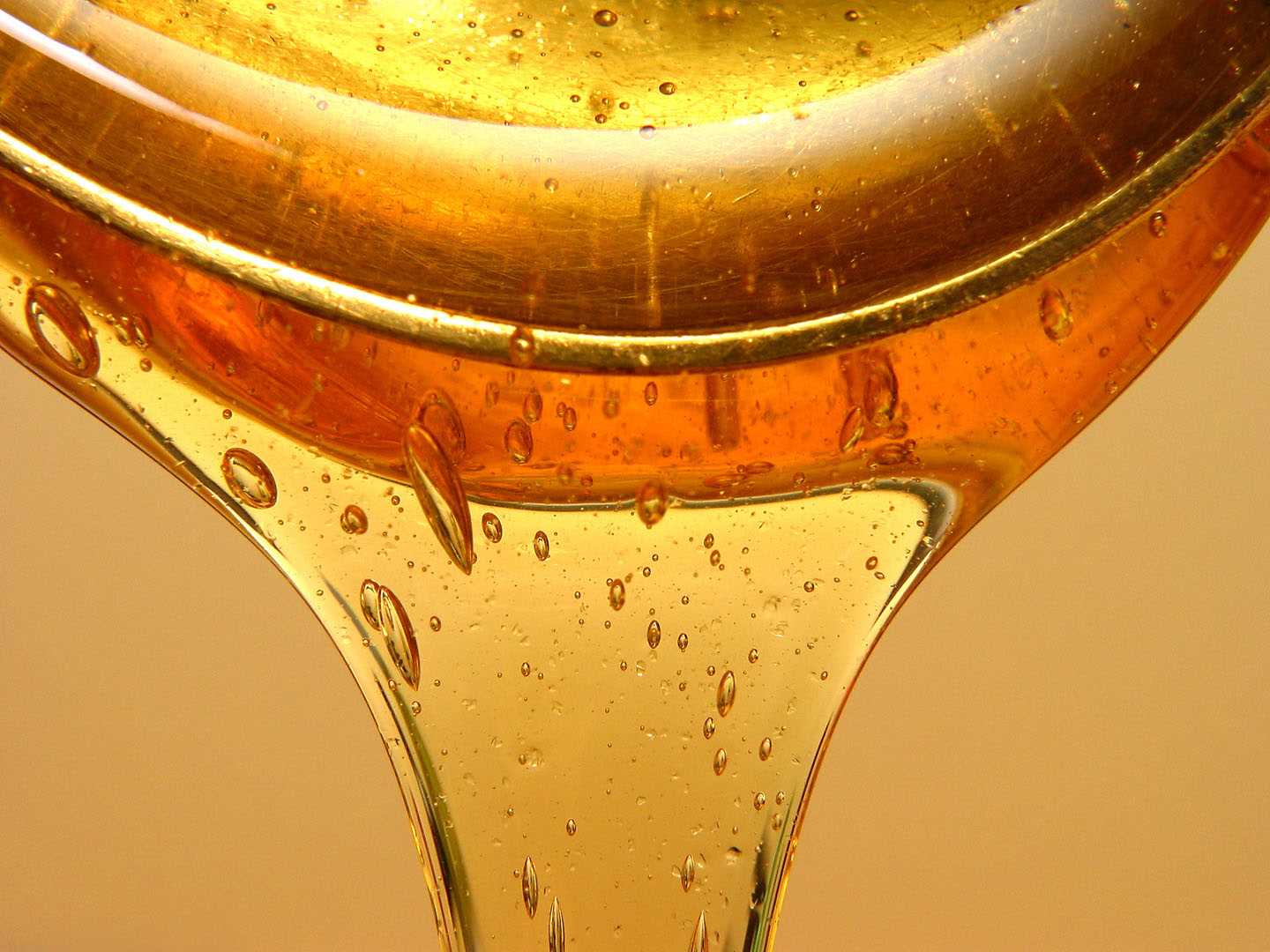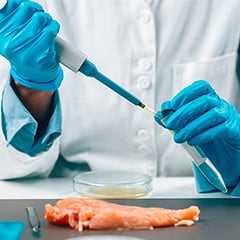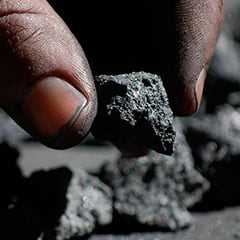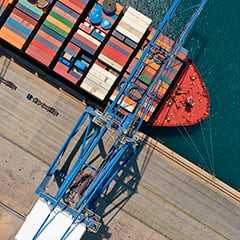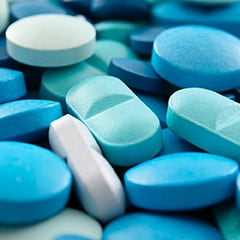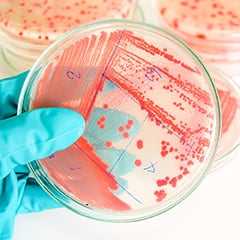EnviroMail 29 Canada
Wastewater Surveillance Testing for SARS-CoV-2
Laboratory testing for SARS-CoV-2 in targeted wastewaters is now being used by organizations in more than 50 different countries around the world to monitor, anticipate, and potentially minimize COVID-19 outbreaks.

Introduction
Laboratory testing for SARS-CoV-2 in targeted wastewaters is now being used by organizations in more than 50 different countries around the world to monitor, anticipate, and potentially minimize COVID-19 outbreaks. Testing can provide trend data indicative of viral load changes over time, and regular and ongoing monitoring of wastewater effluents can provide an early indication of COVID-19 outbreaks in populations.
Although Canada’s high vaccination rate is expected to dramatically reduce its spread, experts say it’s unlikely that COVID-19 will be eradicated anytime soon; it may become endemic, with new outbreaks hitting specific regions or population groups with lower vaccination rates.
ALS SARS-CoV-2 Testing Services
ALS Canada first introduced surface testing for SARS-CoV-2 (the virus that causes COVID-19) in June 2020, using real-time quantitative Polymerase Chain Reaction (PCR) technology. In February 2021, we expanded our PCR testing capabilities to include wastewater, adding a powerful new tool for the battle against COVID-19.

ALS detects and confirms SARS-CoV-2 by targeting two genome sequences in accordance with World Health Organization recommendations. Semi-quantitative numerical results for wastewater samples are reported in units of virus genome copies per mL, with a reported detection limit of 8 copies per mL. Refer to ALS Canada EnviroMail 22 Surface Sampling and Detection for COVID-19 Virus for more details about the analytical procedure.
Wastewater Surveillance Strategies & History
Wastewater surveillance for viruses is not new—wide application began in the 1990’s in efforts to eradicate polio. Wide-scale vaccination programs had greatly reduced polio transmission in most nations, so the conventional approach for monitoring polio by tracking cases of paralysis became ineffective. Poliovirus infections were often undiagnosed, with paralysis occurring in only about 1 in 200 cases. This meant the virus could spread undetected in areas where it was thought to be eradicated. Testing wastewater for poliovirus RNA proved four to five times more sensitive in detecting outbreaks compared to community monitoring for cases of paralysis.
Most COVID-19 Wastewater Surveillance (WWS) in Canada is currently focused on trends within large community-based sewersheds. However, there is great potential to utilize WWS in smaller institutions or communities to detect infections early and to minimize local spread; examples include remote communities, correctional facilities, hospitals, care homes, work camps, schools/universities, military bases, or large commercial operations or factories such as food packing plants, where outbreaks are common.
Benefits of Composite Sampling
Because wastewater compositions can be highly variable over time, the best strategy to obtain samples representative of a waste stream is to collect composite samples using a composite autosampler. Time-weighted compositing is the simplest approach, where multiple aliquots of equal volume are collected at consistent time intervals over a specific period of time.
Flow-weighted composite sampling is considered the preferred and most reliable method of wastewater composite sampling because samples are collected over time in proportion to flow volume; more sample aliquots are collected during periods of high discharge, and fewer aliquots are collected in periods of lower discharge. This gives a more representative sample in comparison to a purely time-weighted composite.
Sample collection frequency should be based on monitoring objectives and risk profile. Daily composite samples are recommended for optimal resolution and response times while viral spread is high, but lesser frequencies may be suitable in periods of reduced spread.

Where to Sample
Wastewater sampling point(s) should be prior to treatment and selected to capture the wastewater outflow from the population to be monitored. It may be necessary to review construction drawings or to engage a consultant to determine optimal location(s) and testing frequency. Accessibility, security, and power requirements should be considered. Example sampling locations include:
- wastewater line cleanout ports
- manholes just prior to city/municipal sewer lines
- influent points for a wastewater treatment plant
Submitting Samples
Wastewater composite samples should be sub-sampled into supplied 500 mL HDPE sample bottles without preservatives. ALS provides kits for self-sampling that include sample bottles, labels, chain of custody, zipper bags, and shipping coolers.
Once collected, samples should be chilled and expedited to the laboratory within 72 hours using the provided packaging with ice or ice packs. Packaging must maintain 2-8°C and samples must arrive at the ALS Winnipeg laboratory within 72 hours from sampling.
For further information please contact your ALS Account Manager or email alsexperience@alsglobal.com
Download this EnviroMail - EnviroMail 29 Canada Wastewater Surveillance Testing for SARS-CoV-2

